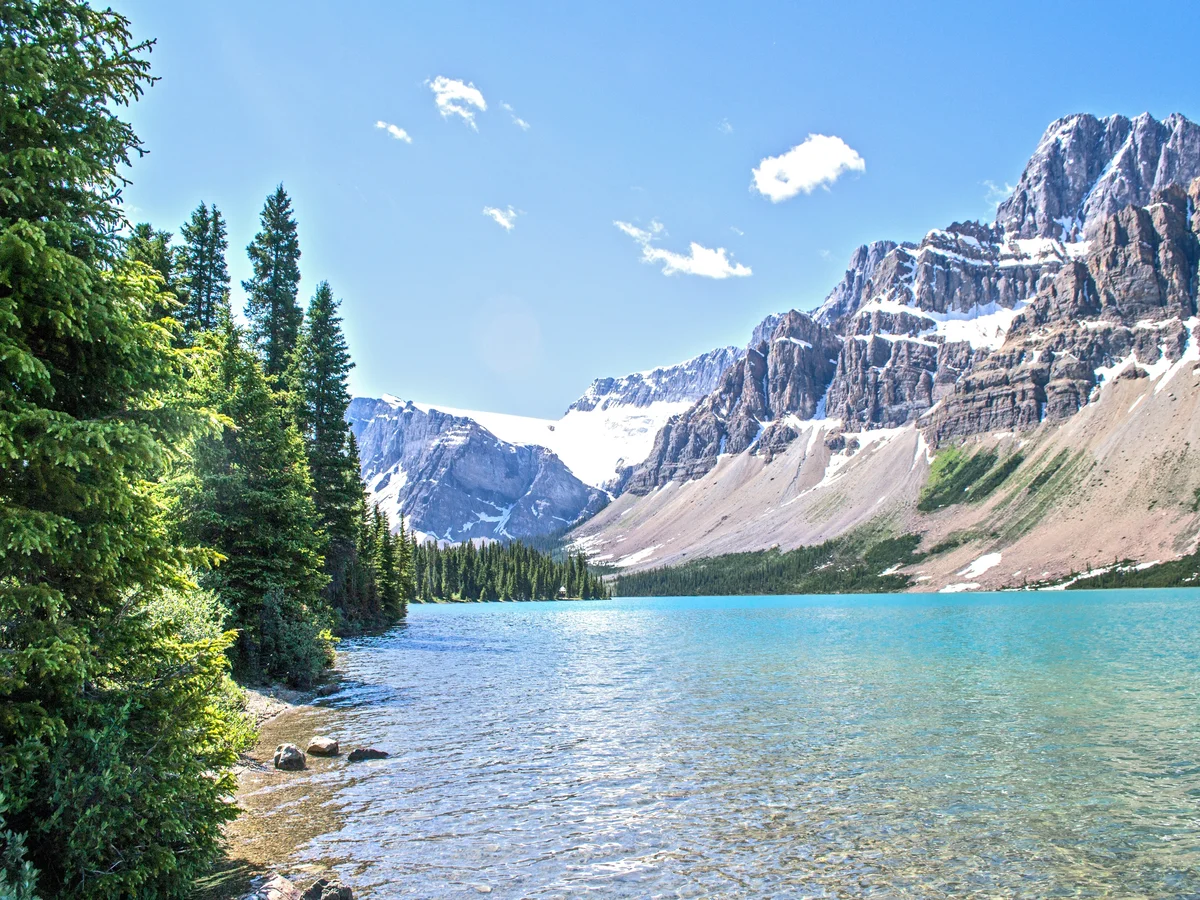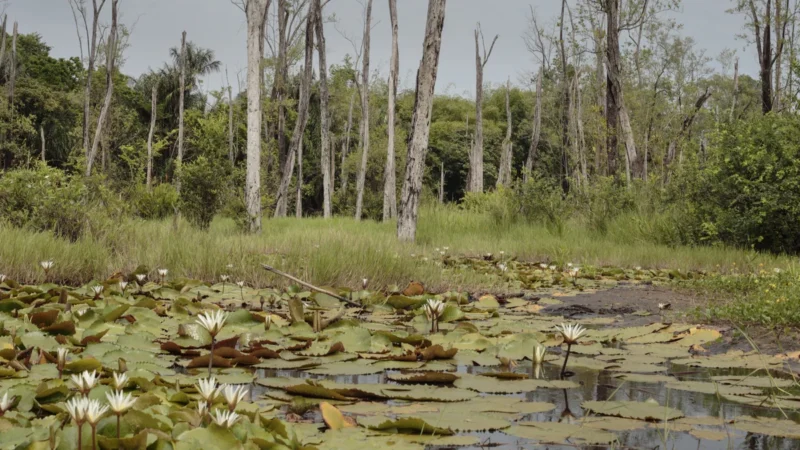Types of Climate: A Comprehensive Guide to Weather Patterns

Climate is a complex system that encompasses various patterns and conditions of weather over extended periods of time. Understanding the different types of climates is crucial for studying and predicting weather patterns, ecological processes, and human activities. This article provides a detailed explanation of the main types of climate, along with subheadings and keywords for easy navigation and high searchability.
Tropical Climate
Tropical climates are characterized by high temperatures throughout the year and abundant rainfall. They are typically found near the equator and include regions such as the Amazon rainforest and Southeast Asia. Monsoons and trade winds play a significant role in shaping tropical climates, resulting in distinct wet and dry seasons.
Arid Climate
Arid climates are characterized by extremely low precipitation levels and high rates of evaporation. These climates are found in desert regions, such as the Sahara in Africa and the Mojave Desert in the United States. Arid climates are known for their scarce water resources, high temperatures, and drought conditions.
Mediterranean Climate
Mediterranean climates are characterized by mild, wet winters and hot, dry summers. They are typically found along the coastlines of the Mediterranean Sea, as well as in regions such as California, Chile, and South Africa. Mediterranean climates support unique ecosystems, including chaparral vegetation, and are prone to wildfires.
Temperate Climate
Temperate climates are characterized by four distinct seasons—spring, summer, autumn, and winter. They experience moderate temperatures and a relatively balanced distribution of precipitation throughout the year. These climates are found in regions such as the United States’ Midwest, Europe, and parts of China, supporting diverse ecosystems, including deciduous forests.
Polar Climate
Polar climates are characterized by extremely cold temperatures and minimal precipitation. These climates are found in the Arctic and Antarctica, where permafrost and tundra ecosystems dominate. Polar climates experience prolonged periods of darkness in winter and continuous daylight in summer, influencing unique adaptations of flora and fauna.
Alpine Climate
Alpine climates are found in mountainous regions at high altitudes. They are characterized by cold temperatures and significant snowfall. These climates are known for their distinct ecological zones and the presence of glaciers, which play a vital role in freshwater supply for downstream areas.
Oceanic Climate
Oceanic climates are influenced by the proximity of large bodies of water, such as oceans or seas. They are characterized by mild temperatures, high humidity, and abundant rainfall. These climates are commonly found in coastal regions, including western Europe and the Pacific Northwest of the United States.
Key Takeaways:
Understanding the different types of climate is crucial for various fields of study and daily life. From tropical rainforests to frozen polar regions, each climate type has unique characteristics that shape ecosystems and influence human activities. By delving into the intricacies of these climate types, we can enhance our understanding of the world around us and work towards sustainable coexistence with our environment.
FAQs about Climate
Q: What is a climate type?
Climate type refers to a classification system that categorizes regions based on their long-term weather patterns, including factors like temperature, precipitation, and seasonal variations.
Q: How many types of climate are there?
There are several types of climate, including tropical, arid, Mediterranean, temperate, polar, alpine, and oceanic climates.
Q: Where are tropical climates found?
Tropical climates are typically found near the equator, encompassing regions like the Amazon rainforest, Southeast Asia, and parts of Africa.
Q: What characterizes an arid climate?
Arid climates are characterized by extremely low precipitation levels and high rates of evaporation, resulting in desert regions like the Sahara and the Mojave Desert.
Q: What is unique about Mediterranean climates?
Mediterranean climates feature mild, wet winters and hot, dry summers. They are found along the coastlines of the Mediterranean Sea and in regions like California, Chile, and South Africa.
Q: Which areas have temperate climates?
Temperate climates are found in regions such as the United States’ Midwest, Europe, and parts of China. They experience four distinct seasons and moderate temperatures.
Q: Where can polar climates be found?
Polar climates exist in the Arctic and Antarctica, characterized by extremely cold temperatures, minimal precipitation, and the presence of permafrost and tundra ecosystems.
Q: What defines an alpine climate?
Alpine climates are found in mountainous regions at high altitudes. They are known for cold temperatures, significant snowfall, and the presence of glaciers.


